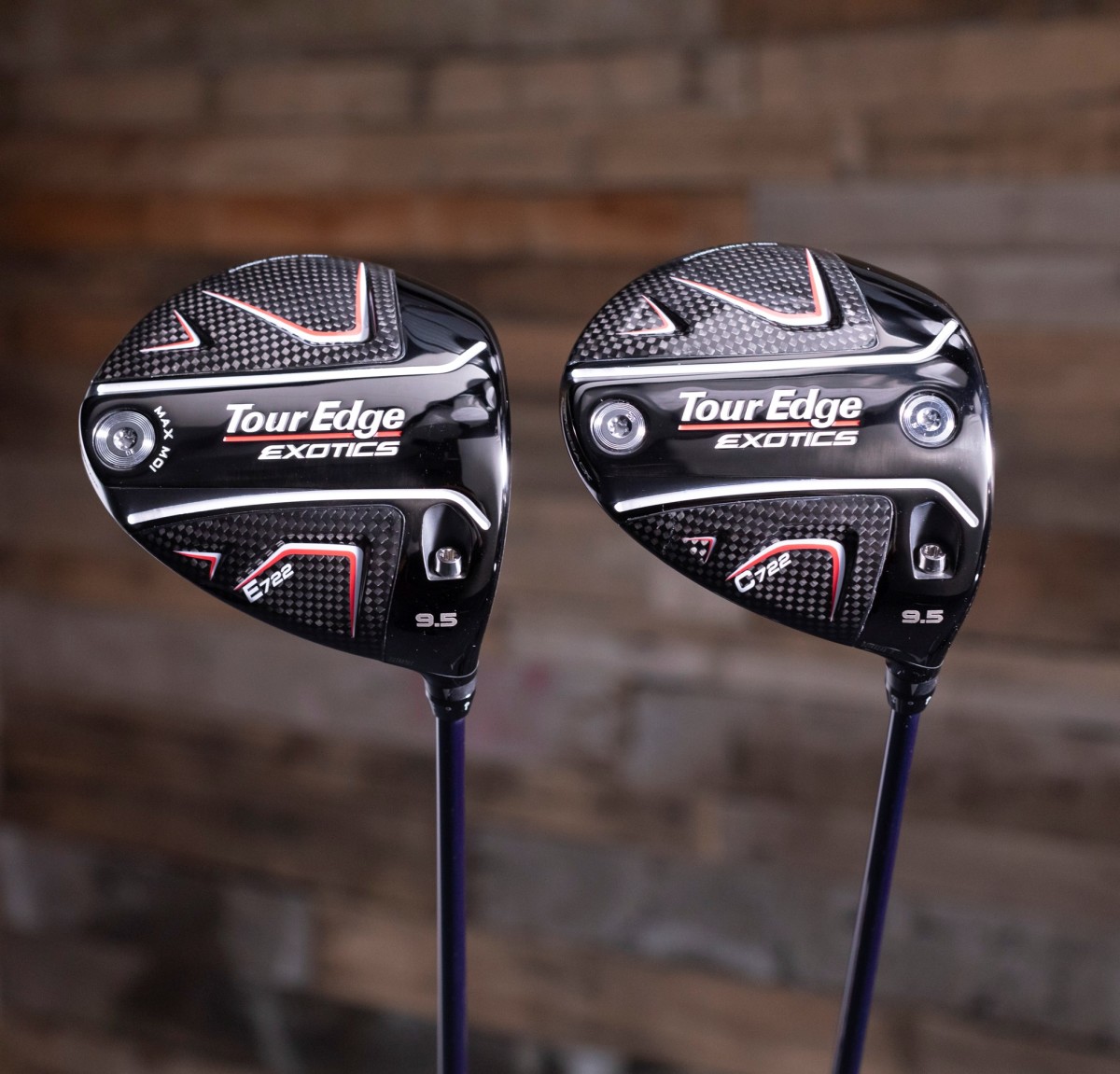Tour Edge: The Little Company That Can

There’s a joke that seldom fails to elicit a chuckle from anyone working in the golf club business. It asks, "How do you make a small fortune in the golf equipment industry?" The answer? "Start with a large one."
Over the years, many small and mid-sized golf club makers have found sustaining profitability challenging. Yet, David Glod, founder, president and master club designer of Tour Edge, one of the game’s most highly regarded, yet lesser-known, club manufacturers, doesn’t find much humor here.
Glod, 60, played on the same Florida Southern University golf team as Rocco Mediate, Lee Jansen and Marco Dawson and that won the 1984 NCAA Championship. After graduating and serving a short stint as a PGA club professional, Glod started Tour Edge in 1986. Since then, he and his brother Gordon, who joined the company shortly after its beginning and now works as its vice president of sales, have kept Tour Edge not just alive, but thriving. The key to their success has come packaged in a balanced formula of fiscal conservatism, innovative technology and the production of premium clubs sold at a price point lower than its bigger name-brand OEM competitors.
"David’s focus has always been as a club designer and engineer," says Jon Claffey, the company’s vice president of marketing. He adds that as a cautious businessperson by nature, Glod has previously resisted the decision to market his company’s products more aggressively. Claffey cites countless small-scale club manufacturers that eventually failed precisely because after initial success in the marketplace and on tour they tried to grow too rapidly.
Nick Sherburne, founder of Club Champion, a custom clubfitting company, offers the following perspective on Tour Edge’s quality, as well as its potential moving forward.
"Tour Edge is one of the smaller niche brands that I truly believe is on par from a manufacturing and R-and-D standpoint with the larger OEMs," he said. "That’s why they have had the staying power they’ve shown over the years and why they possess great growth potential going forward. This also happens to be the reasons why we carry them at Club Champion.”
Consider, for instance, Tour Edge’s Exotics three-metal model, which was introduced in 2010 and was the first fairway metal to weld a titanium face to its stainless-steel body. The club caught the attention of many top PGA Tour players, who quickly put it in play. Before long, scores of Tour players started using Tour Edge drivers, irons and hybrids as well — all without endorsement payments from the company. To date Tour Edge clubs have been used in a combined 26 PGA Tour and PGA Tour Champions victories.
Tour Edge has taken an old-school approach to marketing. Rather than investing in large endorsement contracts with well-known tour players to use its clubs, Tour Edge has relied on a word-of-mouth method.
And it works.
“Tour Edge has never had an unprofitable year in its 36 years of doing business,” Claffey says, “… over the past two-and-a half years, because of the industry-wide, pandemic-driven boom across all segments of the golf industry, our company has notched a record rate of growth. This has included an increase in our number of employees by 35 percent as well as a doubling of our sales force.”

Tour Edge also produces two other sub-brands, which along with the Exotics strive to cover the gauntlet of every skill level of golfer. In addition to the Exotics, the Tour Edge catalog includes Hot Launch, a high-performing game improvement line of clubs, and the Get in the Game collection, which compiles complete sets of clubs that may appeal to casual or beginning golfers of all types on a budget.
When Glod hired Claffey approximately five years ago, the mandate was to bolster Tour Edge’s name recognition and profile beyond the word-of-mouth method it had long relied on.
Glancing at once both back and ahead, David Glod now says: “We’ve sustained enough growth recently to be able to invest more heavily in marketing, especially via the PGA Tour Champions and the Golf Channel. … the idea is to move more of our clients into our premium brand Exotics clubs, and that is where most of the thrust of the advertising dollars we’re now spending is going.”
Indeed, Tour Edge has signed an impressive roster of PGA Tour Champions players to represent the company and play its clubs. The list includes Bernhard Langer, Tom Lehman, Scott McCarron, Duffy Waldorf, Tim Petrovic, Mike Weir, Alex Cejka and Ken Duke, all of whom participate in the company’s new advertising campaigns that promote the brand’s new E722 and C722 drivers.
Tour Edge also has an engaging, folksy, almost home-movie-like TV ad spot featuring two-sport superstar Bo Jackson riffing on the old “Bo Knows” Nike slogan for which he made famous. This time, though, Jackson, looking surprised himself, says, “I don’t know” to communicate that he isn’t sure which of Tour Edge’s two new Exotics drivers — the E722 or the C722 best fits his golf swing — he should play. The spot also doubles as an invitation for golfers to book a session with an authorized Tour Edge club fitter to test which driver works best.
Shop: Tour Edge's E722 and C722 drivers in our online store
Kit Mungo, who manages Club Champion’s Agoura Hills, California, store, finds the plethora of technology Glod has packed into both models of Tour Edge’s new drivers most impressive. The company’s more forgiving E722, played on the PGA Tour Champions by Langer and Weir, and the smaller, more compact 445cc C722, played on Tour by McCarron, Petrovic and Cjeka, which offers less forgiveness on off-center hits, but rewards high-speed swingers.
The E722 has only a single weight port on the back of the clubhead, whereas the C722 adds another one positioned on its front close to the clubface. However, as Mungo says. “By trying various weight plug combinations on the C’s clubhead, and by finding the appropriate shaft for a given player, we can fit even the ‘C’ or so-called player’s model to golfers with less than super high swing speeds.”
So, how does David Glod feel about Tour Edge’s recent growth spurt and the prospects and risks involved in nurturing it further into a bigger company?
“I don’t know,” Glod replies, “We’re in the middle of such a growth spurt right now, so I’ll have to get back to you on that one.”
